Here we will guide you How to Cook Lamb? Lamb is the meat from young sheep that are typically less than one year old. It is known for its tender texture and mild, delicate flavor compared to the meat from older sheep, known as mutton. Lamb is highly valued in many culinary traditions around the world due to its versatility and rich taste.
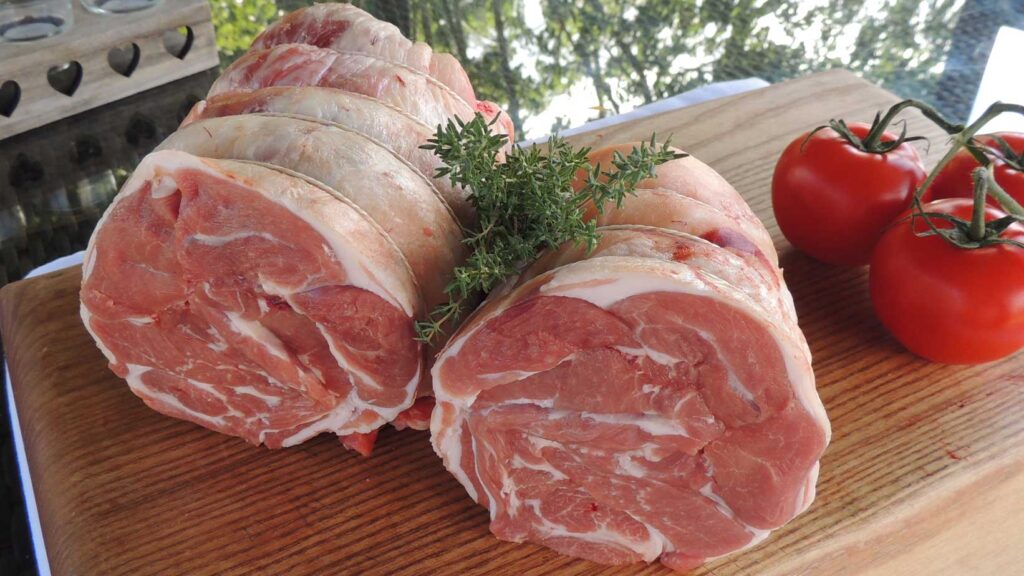
Characteristics of Lamb
Age: Lamb comes from sheep that are generally between 4 to 12 months old. Meat from younger lambs (also called spring lamb) is particularly tender.
Flavor: Lamb has a milder flavor than mutton, which is stronger and more gamey.
Texture: Lamb meat is typically more tender and less fatty than mutton, making it easier to cook and more palatable for many people.
Learn More Recipe: How To Cook Lamb Chops
Nutritional Profile
Lamb is a rich source of several essential nutrients:
Protein: Provides high-quality protein, essential for muscle growth and repair.
Vitamins: Particularly rich in Vitamin B12, which is important for nerve function and red blood cell formation.
Minerals: Good source of iron and zinc, crucial for immune function and oxygen transport in the blood.
Cooking lamb can be a delightful experience, as it’s a versatile meat that can be prepared in various ways. Here are a few popular methods for cooking lamb along with some tips:
Cooking Methods: Lamb can be prepared using various cooking techniques:
Roasting: Ideal for larger cuts like the leg or shoulder.
Grilling: Perfect for chops and kebabs, providing a smoky flavor.
Braising: Suited for tougher cuts like shanks, cooked slowly in liquid until tender.
Pan-Frying: Quick method for cuts like loin chops.
1. Roasting
Ingredients:
Leg of lamb or lamb shoulder
Garlic cloves, sliced
Fresh rosemary sprigs
Olive oil
Salt and pepper
Lemon (optional)
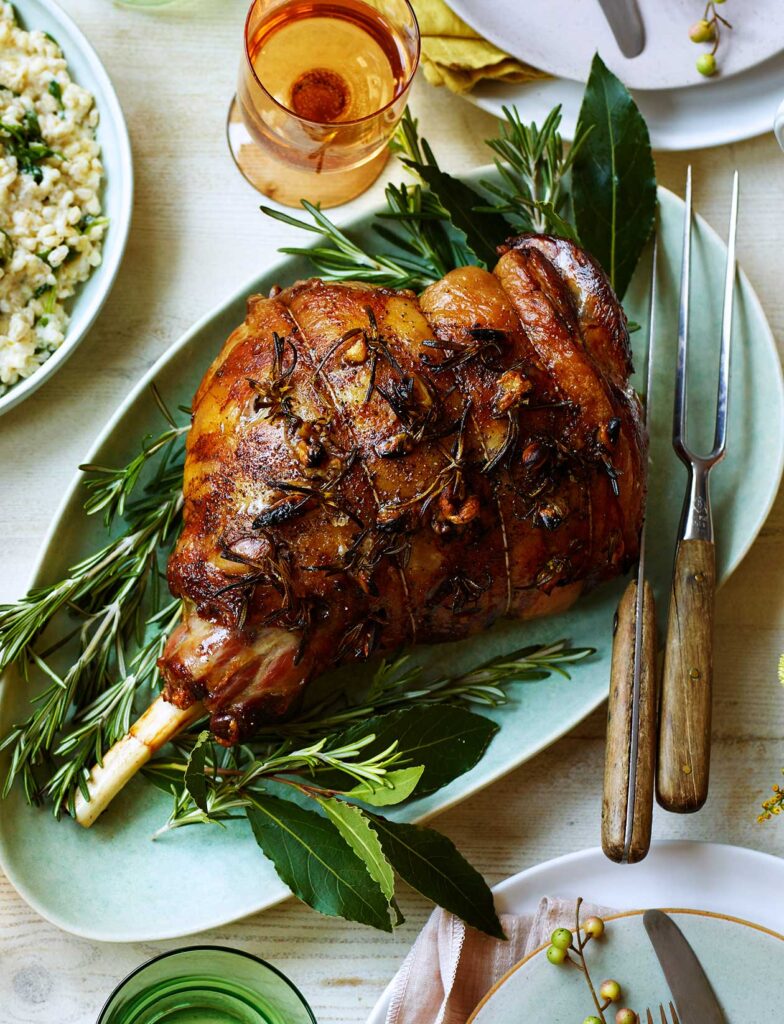
Instructions:
Preheat your oven to 375°F (190°C).
Prepare the lamb: Make small incisions all over the meat and insert slivers of garlic and rosemary sprigs into these incisions.
Season: Rub the lamb with olive oil, then season generously with salt and pepper. You can also squeeze some lemon juice over the meat for added flavor.
Roast: Place the lamb in a roasting pan and roast in the preheated oven. Cooking times will vary depending on the size and cut of the lamb:
For a medium-rare leg of lamb, roast for about 20 minutes per pound (450g).
Use a meat thermometer to check the internal temperature. Medium-rare should be around 135°F (57°C).
Rest: Once cooked, let the lamb rest for 15-20 minutes before carving. This allows the juices to redistribute.
Learn More Recipe: How To Cook a Ham in The Oven
2. Grilling
Ingredients:
Lamb chops or lamb steaks
Olive oil
Fresh thyme or rosemary
Garlic, minced
Salt and pepper
Lemon juice (optional)
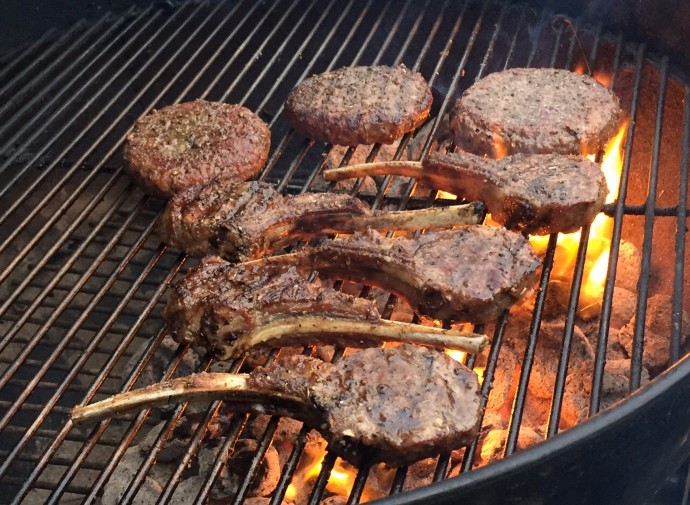
Instructions:
Marinate the lamb: In a bowl, mix olive oil, minced garlic, chopped fresh herbs, salt, pepper, and a splash of lemon juice. Coat the lamb chops or steaks with the marinade. Let them sit for at least 30 minutes, or overnight in the fridge for more flavor.
Preheat the grill to medium-high heat.
Grill: Place the lamb on the grill. For lamb chops, cook for about 3-4 minutes per side for medium-rare. For lamb steaks, cook for about 4-5 minutes per side.
Rest: Let the lamb rest for a few minutes before serving.
3. Braised Lamb
Ingredients:
Lamb shanks or lamb shoulder
Olive oil
Onion, chopped
Carrots, chopped
Celery, chopped
Garlic, minced
Tomato paste
Red wine
Beef or chicken broth
Fresh rosemary and thyme
Salt and pepper
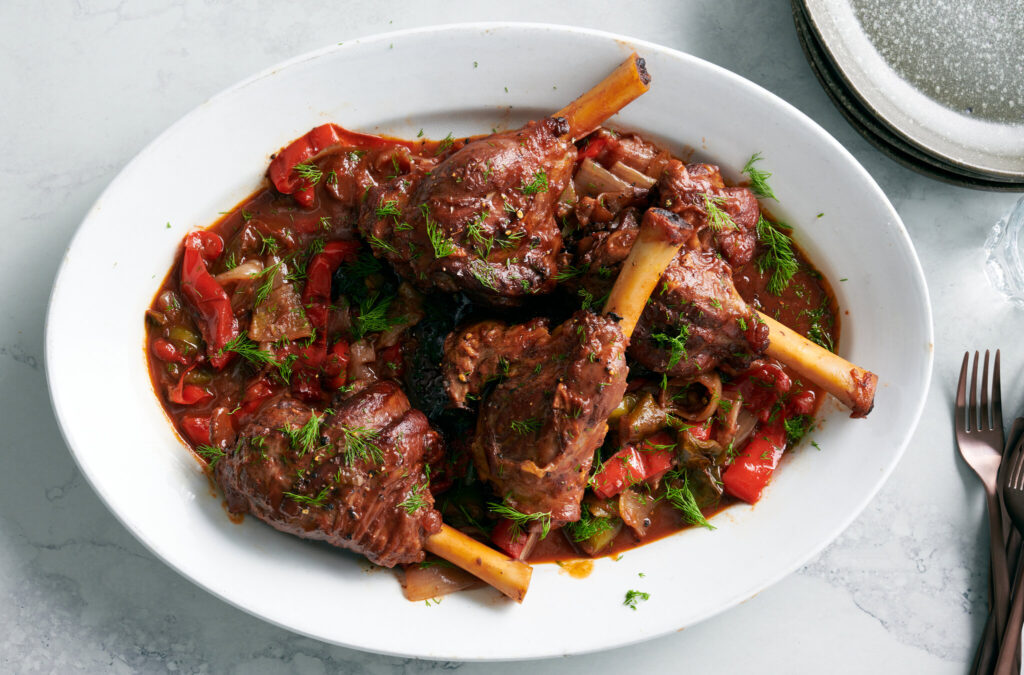
Instructions:
Preheat your oven to 325°F (160°C).
Sear the lamb: In a large Dutch oven, heat some olive oil over medium-high heat. Season the lamb with salt and pepper, then sear on all sides until browned. Remove and set aside.
Sauté the vegetables: In the same pot, add more olive oil if needed, then sauté the onion, carrots, celery, and garlic until softened.
Deglaze: Add a couple of tablespoons of tomato paste and cook for another minute. Pour in a cup of red wine, scraping up any browned bits from the bottom of the pot.
Braise: Return the lamb to the pot. Add enough broth to cover the lamb halfway. Toss in some fresh rosemary and thyme sprigs. Bring to a simmer, then cover and transfer to the oven.
Cook: Braise in the oven for about 2-3 hours, or until the meat is very tender and falls off the bone.
Serve: Serve the braised lamb with the vegetables and sauce over mashed potatoes, polenta, or your favorite side dish.
Learn More Recipe: How To Cook Chicken Thighs
4. Slow Cooking
Ingredients:
Lamb shoulder or leg, cut into chunks
Olive oil
Onion, chopped
Garlic, minced
Canned tomatoes
Beef broth
Fresh herbs (rosemary, thyme)
Salt and pepper
Spices (optional: cumin, paprika)
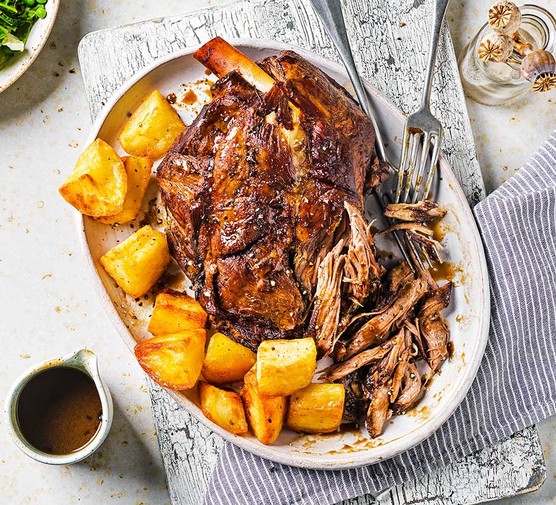
Instructions:
Sear the lamb: In a skillet, heat olive oil over medium-high heat. Season the lamb with salt and pepper, then brown on all sides. Transfer to a slow cooker.
Sauté: In the same skillet, sauté the onion and garlic until softened. Add to the slow cooker.
Combine ingredients: Add canned tomatoes, beef broth, and fresh herbs to the slow cooker. If using spices like cumin or paprika, add those too.
Slow cook: Cover and cook on low for 6-8 hours, or on high for 4-6 hours, until the lamb is tender.
Serve: Serve with rice, couscous, or your favorite side.
FAQ:
What is lamb?
Lamb is the meat of young sheep, typically less than one year old. It is prized for its tender texture and mild flavor, which is less gamey compared to the meat from older sheep, known as mutton.
What are the nutritional benefits of eating lamb?
Lamb is a rich source of high-quality protein, vitamins (particularly B12), and minerals such as iron and zinc. These nutrients are essential for muscle growth, nerve function, immune health, and oxygen transport in the blood.
What are the different cuts of lamb, and how are they best prepared?
Leg of Lamb: Best roasted; can be bone-in or boneless.
Lamb Chops: Great for grilling or pan-frying; comes from the rib, loin, or shoulder.
Rack of Lamb: Often roasted or grilled as a whole rack; serves as a centerpiece dish.
Lamb Shank: Best for braising as it contains a lot of connective tissue.
Lamb Loin: Suitable for roasting or grilling; tender and lean.
What internal temperature should lamb be cooked to?
Rare: 125°F (52°C)
Medium-Rare: 135°F (57°C)
Medium: 145°F (63°C)
Well-Done: 160°F (71°C)
How do I properly marinate lamb?
Marinating lamb can enhance its flavor and tenderness. A basic marinade might include:
Olive oil: For moisture and to help the marinade adhere.
Herbs and spices: Like garlic, rosemary, thyme, cumin, or paprika for flavor.
How should lamb be stored?
Fresh lamb: Store in the refrigerator at 40°F (4°C) or lower. Use within 3-5 days.
Frozen lamb: Can be stored in the freezer for up to 6-9 months. Ensure it is well-wrapped to prevent freezer burn.
Can lamb be eaten rare?
Yes, lamb can be eaten rare. Ensure it reaches an internal temperature of 125°F (52°C) for rare, and always use a meat thermometer to ensure it is safely cooked.
Learn More Recipe: How To Cook Prime Rib